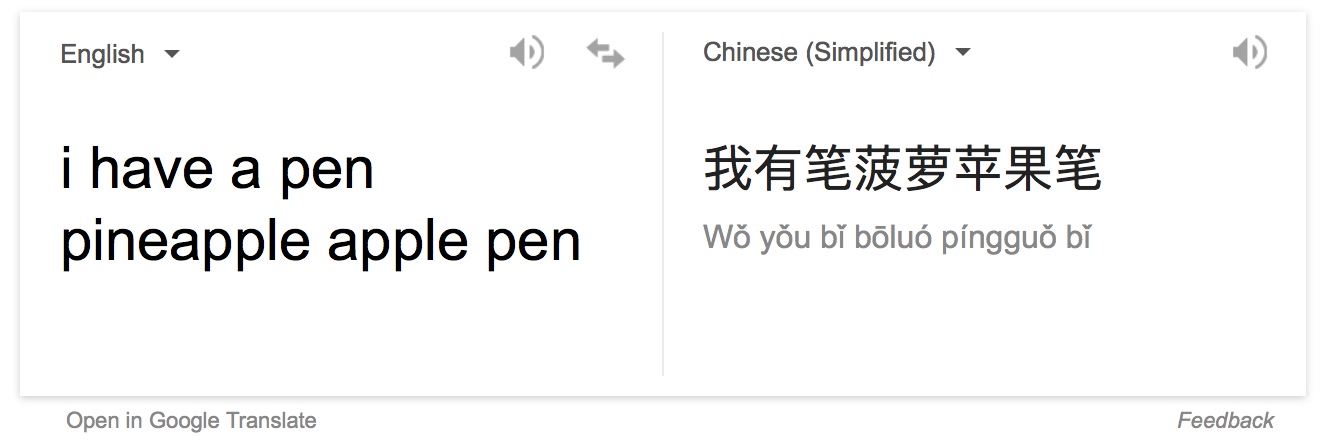Google has announced that it is now significantly better at translating Chinese languages to English, thanks to its shift from using the Phrase-Based Machine Translation (PBMT) to the new Google Neural Machine Translation System (GNTM). The former translation system has been used for about ten years now, ever since the inception of Google Translate.
Much to the amusement and probably frustration of many, PBMT wasn’t that great at translating Chinese languages to English, and vice versa. This is simply because the PBMT system breaks sentences into words before translating them, word for word. GNMT on the other hand, allows Google Translate to translate sentences as a whole instead.
 Google mentioned that GNMT has been launched and is currently in place to translate Chinese to English on Google Translate mobile and web apps. A sample of how well this system works can be found here. According to the company, GNMT have managed to reduce errors in translation compared to PBMT by up to 85% depending on the language used.
Google mentioned that GNMT has been launched and is currently in place to translate Chinese to English on Google Translate mobile and web apps. A sample of how well this system works can be found here. According to the company, GNMT have managed to reduce errors in translation compared to PBMT by up to 85% depending on the language used.
That said, GNMT is far from perfect. Research scientists from Google’s Brain team, Quoc Le and Mike Schuster, have stated that the system is currently still prone to making “significant errors that a human translator would never make”. Nonetheless, the upgrade to Google’s translation system will definitely benefit plenty of its users – especially those who depend on it a lot.
(Source: Google via Engadget, VentureBeat)


